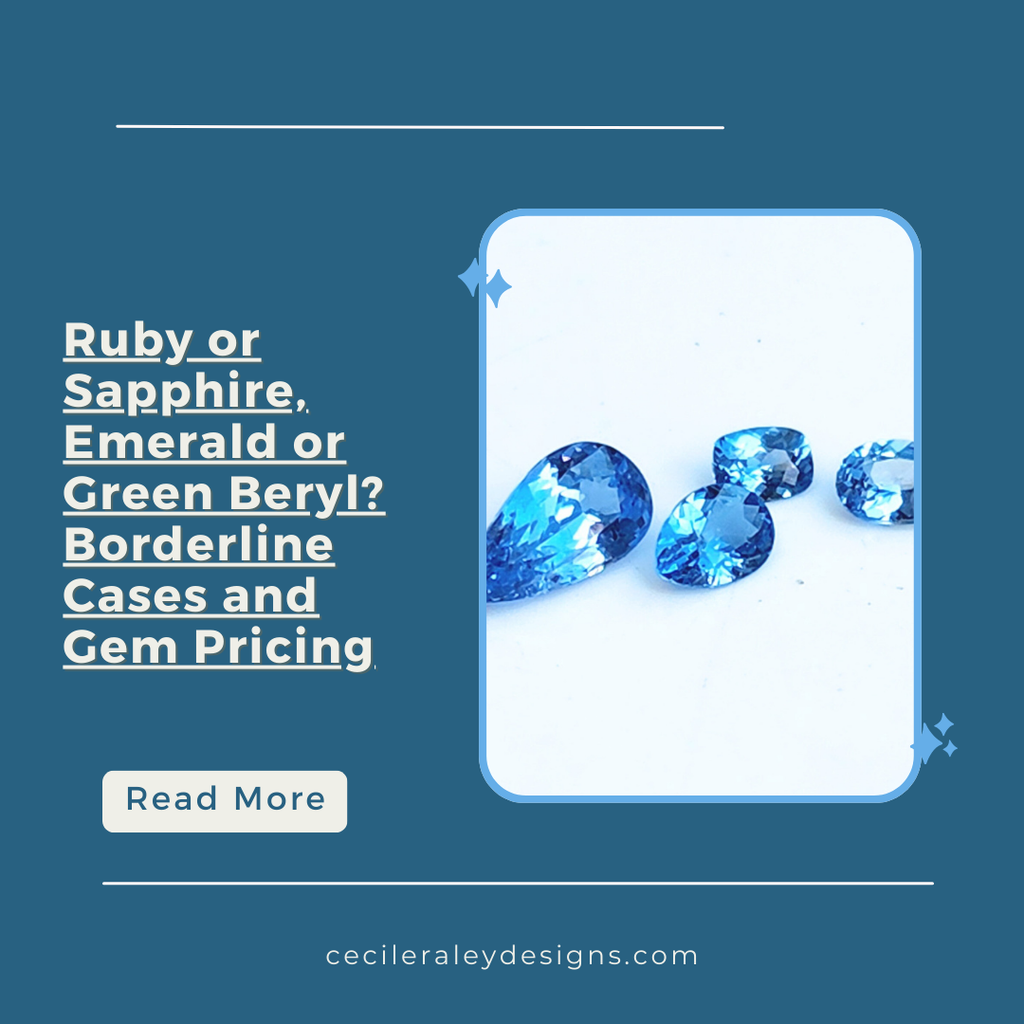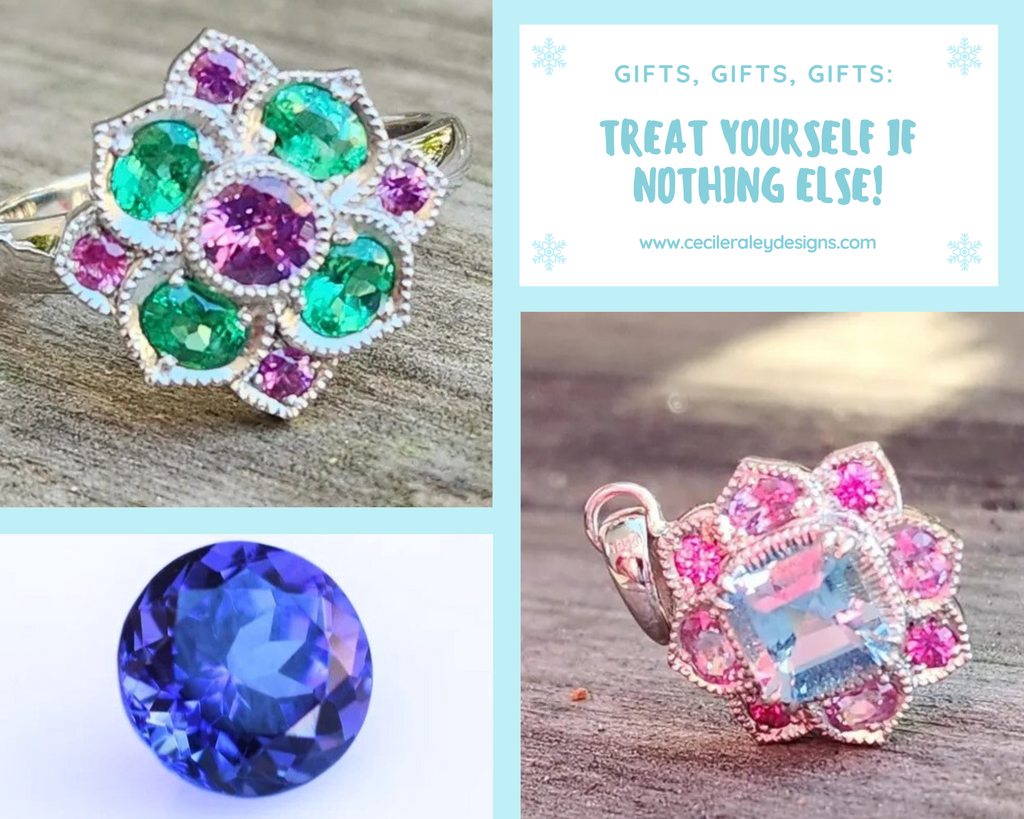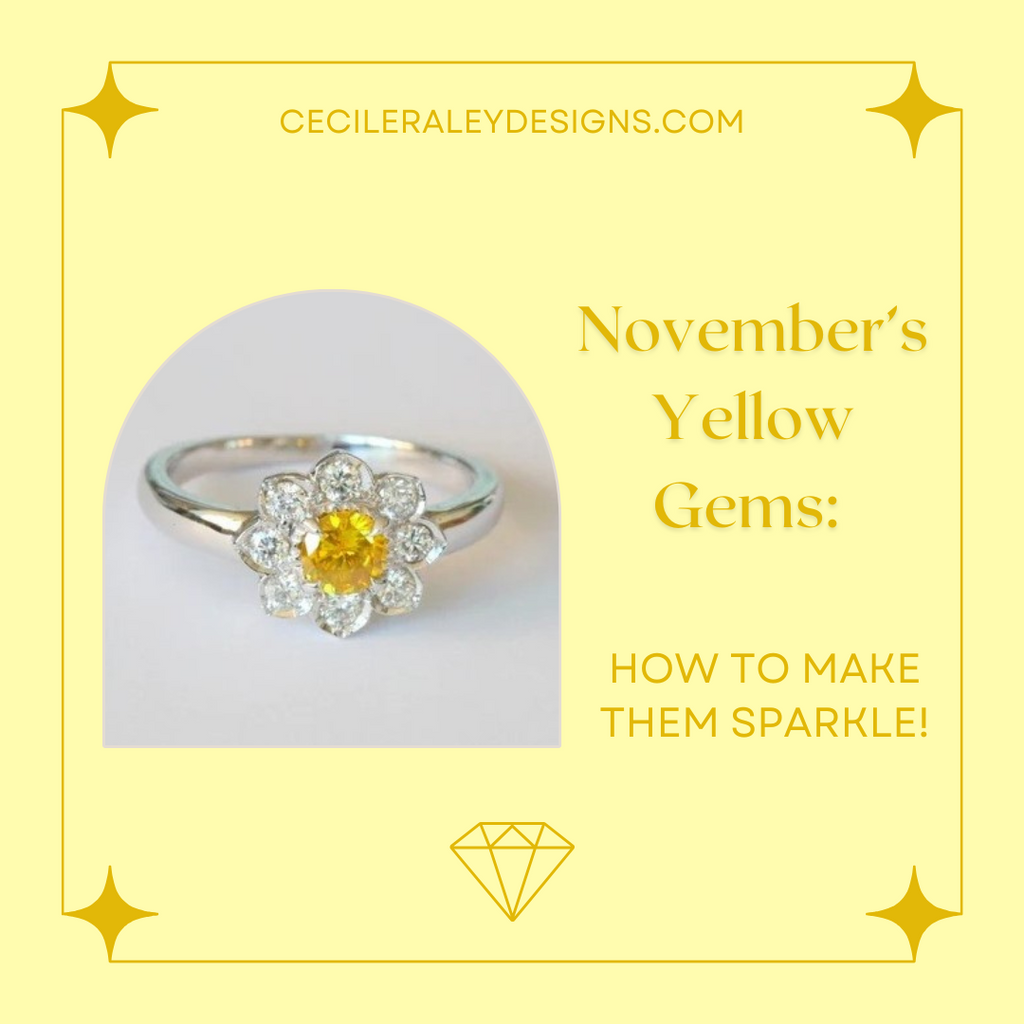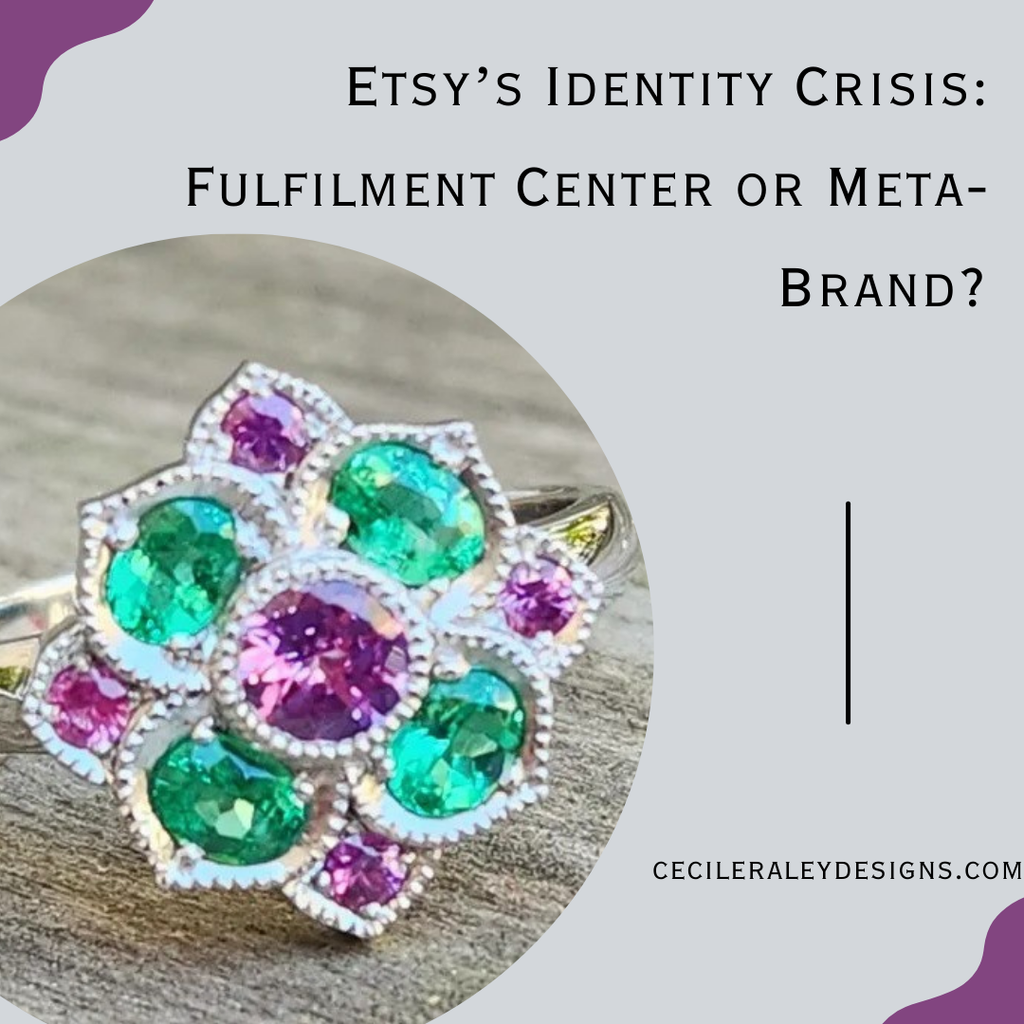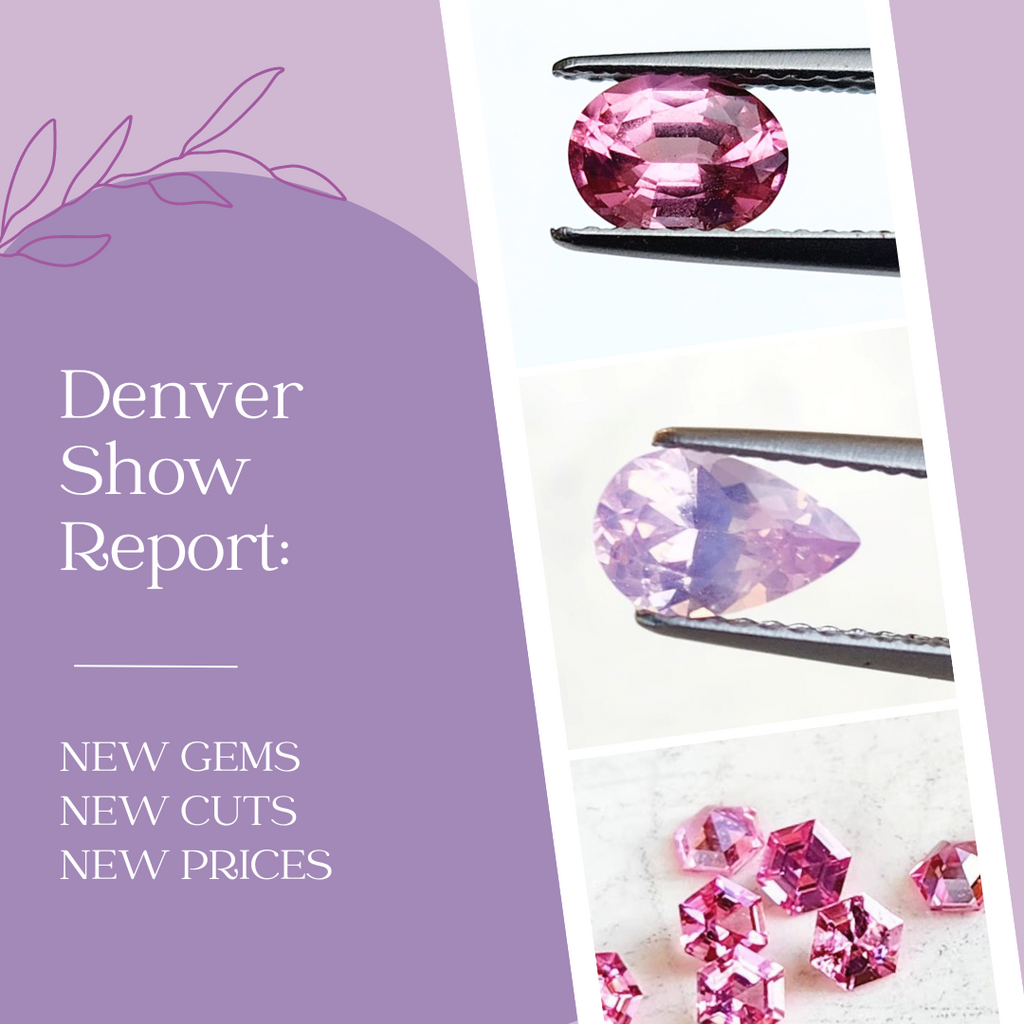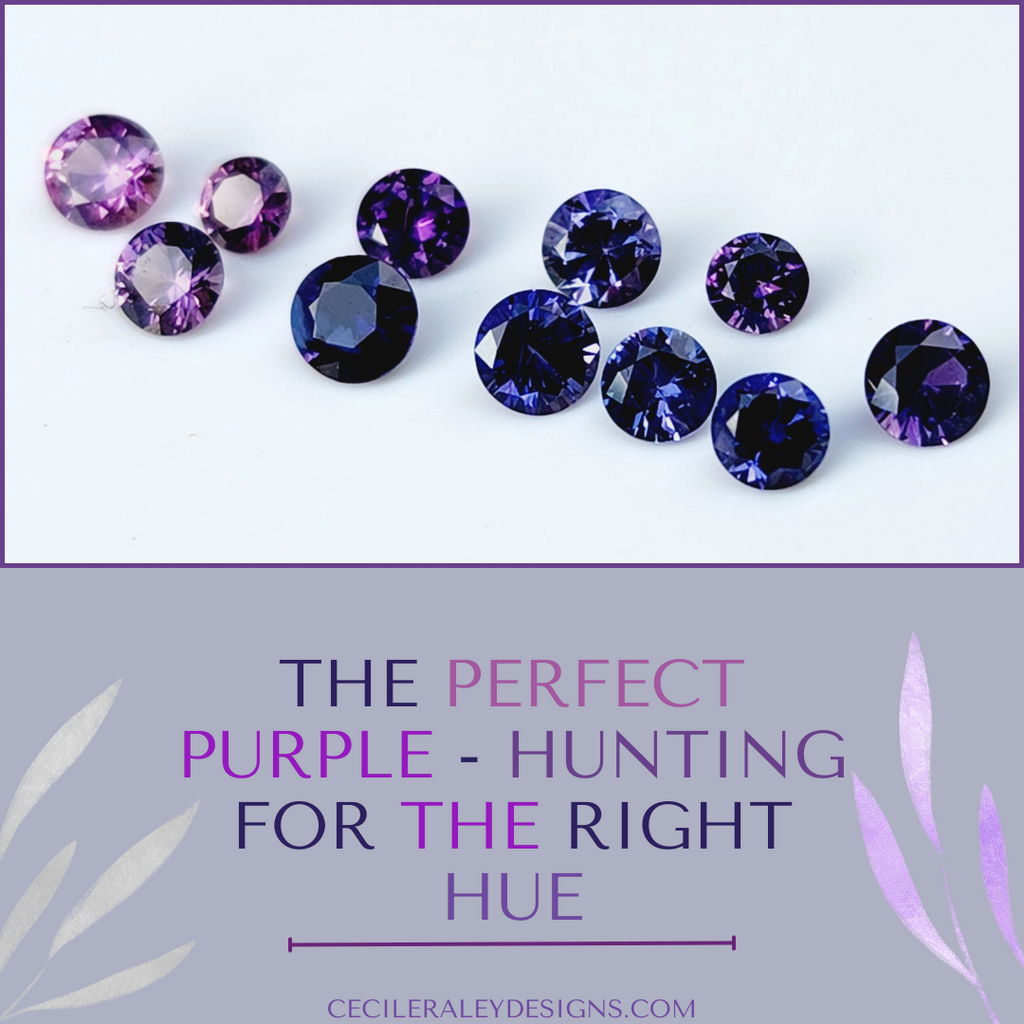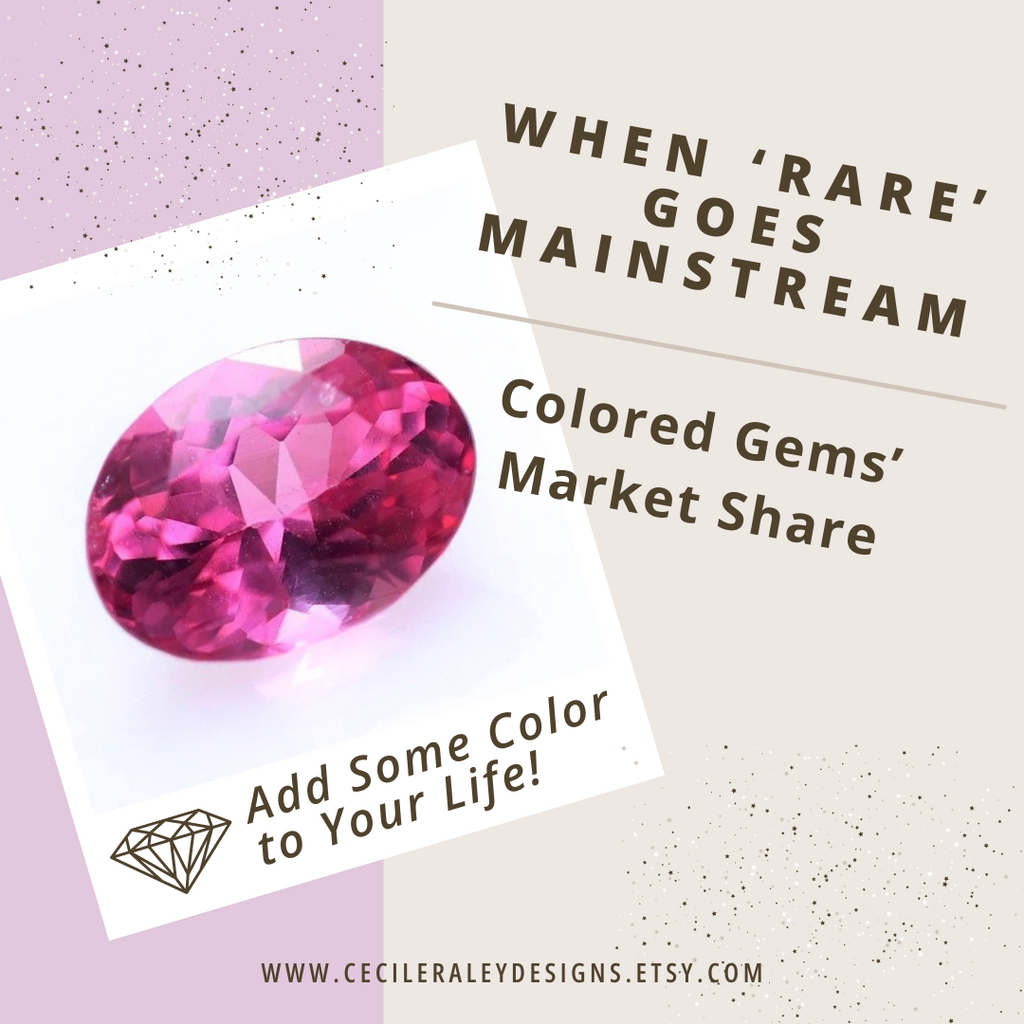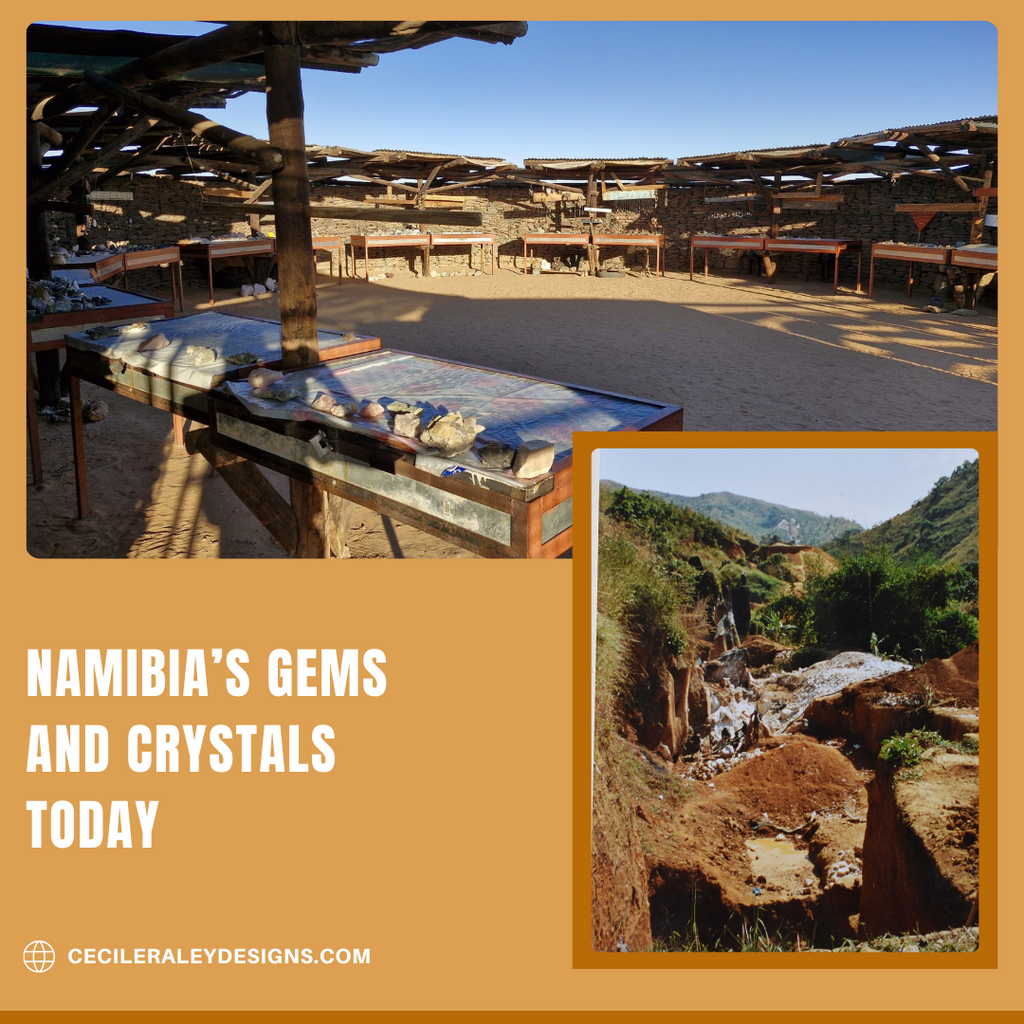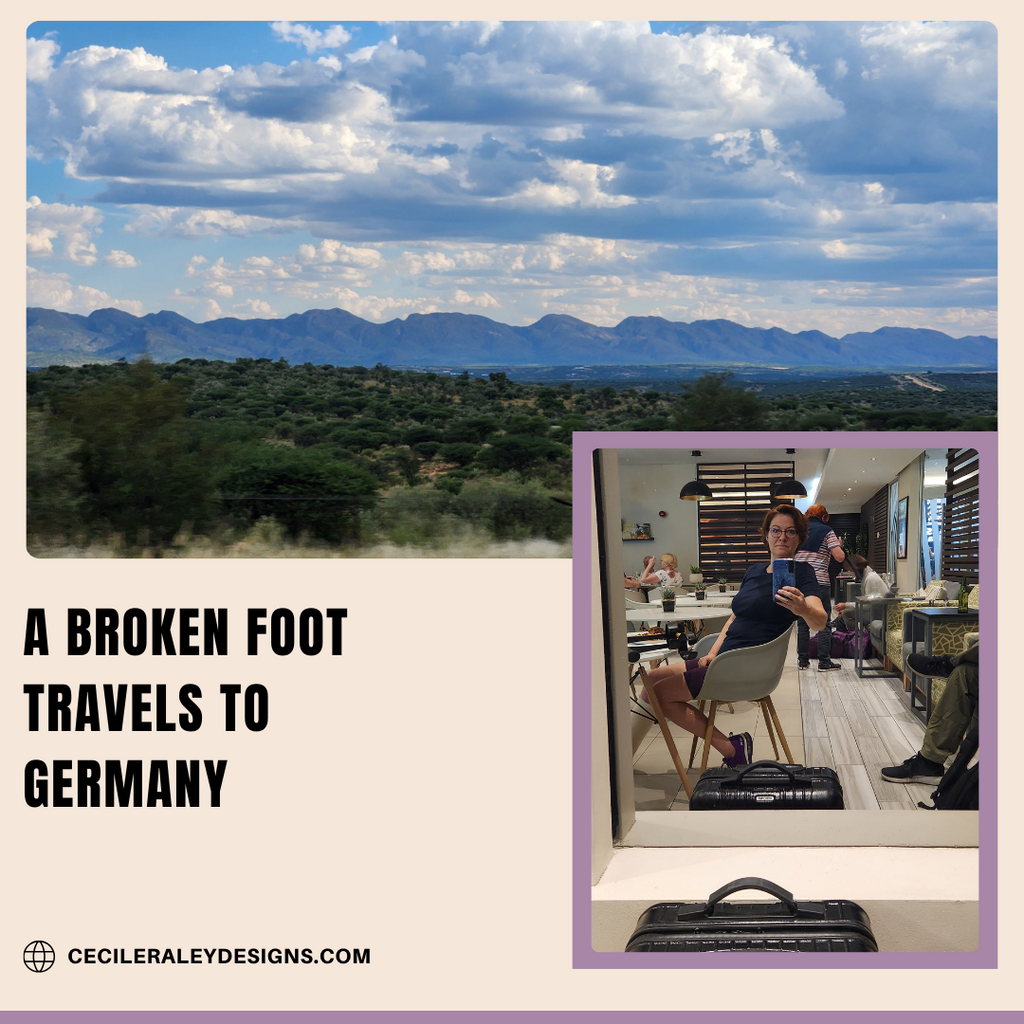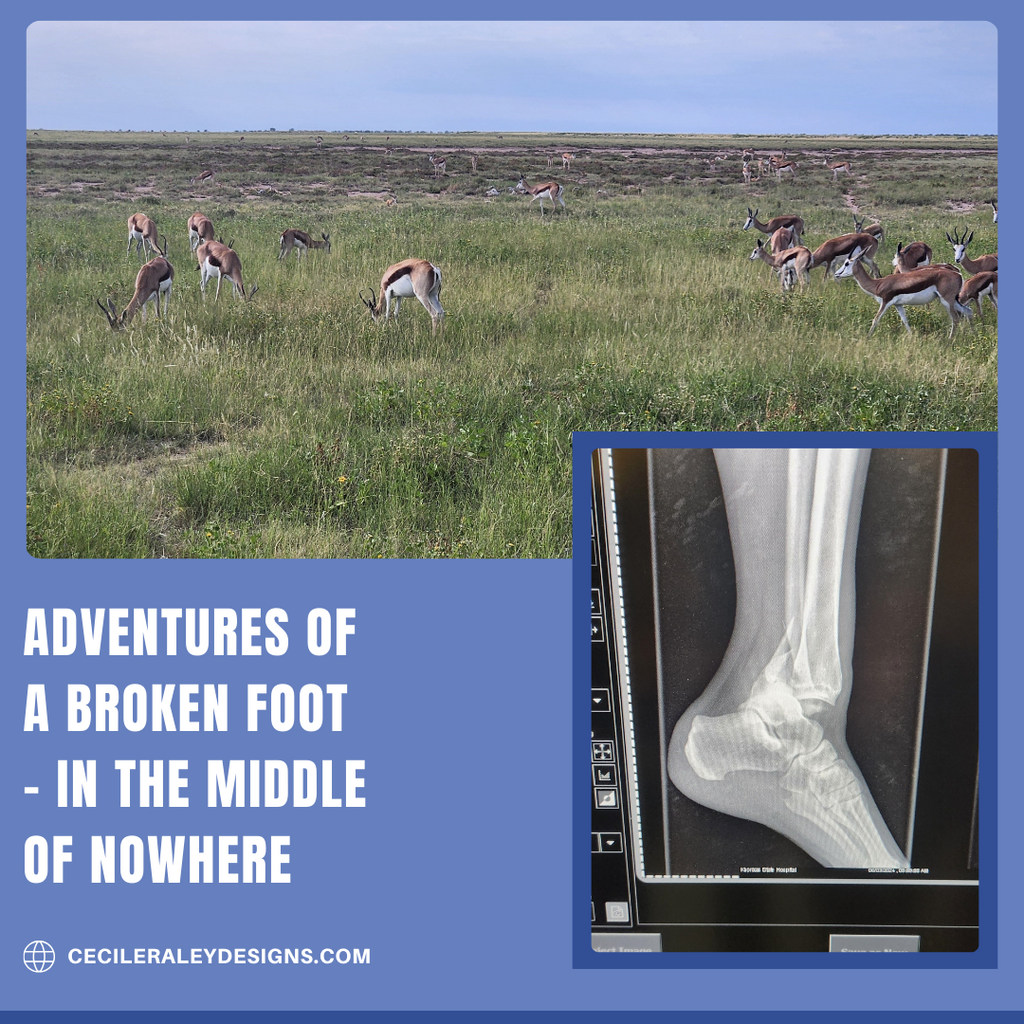Ruby or Sapphire, Emerald or Green Beryl? Borderline Cases and Gem Pricing
A few years ago I treated myself to a two carat Merelani mint garnet, a gorgeous pear shaped gemstone that is now in one of my most often worn rings. The gem is vibrant and colorful enough to qualify as a tsavorite but I paid mint garnet pricing because the vendor had decided that to him, it was too light for a tsav. Or perhaps it’s being a mint garnet was ‘decided’ when it was bagged up at the factory where it was cut from a large parcel of mixed quality and color grossular, and it was priced according to color intensity.
This is the kind of story everyone wishes to tell. That they got a gemstone for less money because it was a borderline case that was well priced for what it was.
Gemstone colors don’t come with obvious borders. There’s nothing inherent in a gem being a pink sapphire or a ruby. Even the distinction is a historical accident, as these names came up before we knew anything about the chemical composition of gems (or anything else for that matter). That is in fact the reason why people thought that spinel and ruby were the same gem.

Color plays a role in the pricing of all gemstones of course. A more intense color is usually preferred in most gems. But how much it affects price can seem very subjective at times. Take cobalt spinel for example. The name 'cobalt spinel' was originally reserved for just a small subset of blue spinel from Luc Yen, Vietnam, where the vibrant blue color first occurred. The most neon colored cobalts in fact are still from Luc Yen, with Mahenge spinel a very close second – and second only because the Mahenge find has not yielded as many neon specimens as Luc Yen has.

On my 2023 trip to Sri Lanka, I was offered some Sri Lankan “cobalt” spinels – or what were purported to be cobalt spinels. While there may have been some cobalt content, the color contained so much secondary grey that the neon effect was entirely lost. And so was the price! Lost in hopes and dreams of riches by the vendors. Well, I overstate. But the price was significantly higher than sapphire in the same color – by a factor of four, if I remember correctly. Definitely far cheaper than the real deal but also far too expensive for the color. And while I agree that gemstone pricing is an art form, that should not mean it is an invention of the vendor.
Funnily enough, both GIA and AGL have certified gems for me as cobalt spinel that are less exciting than I’d like them to be given the price I paid for them. So my opinion on the border between cobalt spinel and plain old blue spinel may not be in accordance with the trade, but to me, color is simply the most important characteristic of a gemstone. Clarity is second, cut matters a lot too but remember that, in principle, a poor cut can be fixed. But you can’t fix bad color.
A simple rule to follow is that borderline pricing more often means that the color interpretation leans toward the more valuable appellation of the gemstone in question. So when it comes to the neon color Burmese pinkish red spinels, you will find that the doubtful cases are more often tagged “Jedi” than not. So the borderline Jedi are more likely to be overpriced than underpriced.

But the fact that borderline cases are sometimes classified as the ‘lesser’ of the two colors is where the opportunity lives for a nice and juicy purchase. I love love love playing with borderline cases. It’s tricky and I have definitely sunk some not insignificant cash into the idea. If you search all the blue and cobalt spinel that I have in my shop you will find where my own weaknesses lie. And you will also find that I avail myself of the term “Cobalt Spinel” more liberally. But before you judge too harshly, I also have lab reports that say cobalt spinel on some spinel that’s not blue enough if I were the sole judge of it.

And, to be honest, if I wasn’t trying to run a business, I would not even worry about these ‘naming contests.’ Most of these names are made up by the likes of us, and then the names just stick. “Mint garnet” is a perfect example. That was invented as a name for light colored tsavorite when I appeared on the scene. Other similar names are “lotus garnet” and “sunset tourmaline”. They just sound cool. For those last two, there are no criteria at all, it’s just a fad name. And gem laboratories do not use the term “mint garnet” on their reports.
Continue reading
